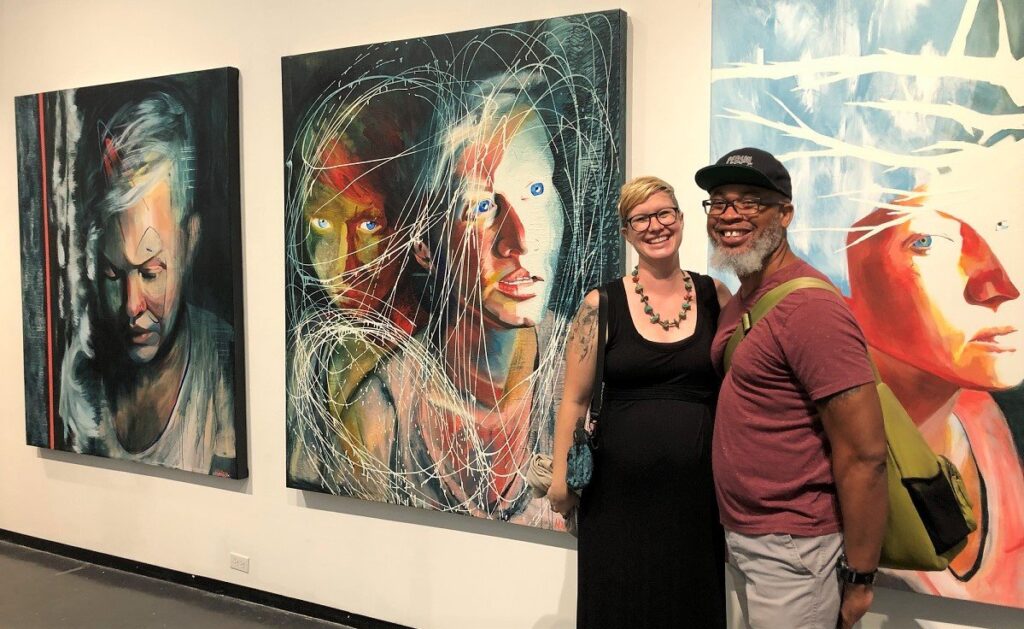
Rod Collman AIA, President, sdg Architecture
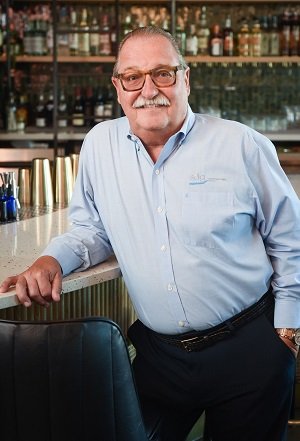
One artist’s journey in dealing with her own health challenges is leading her in new directions for making visual art a pathway for the wellbeing of people suffering from cognitive impairments. Mason Gehring of Dunedin, Florida, was born into a family of highly creative and artistic people. Today, she is an Artist, Art Teacher and Artist in Healthcare Professional. Her journey also demonstrates that the built environment of well-designed public architecture such as community centers, museums, art centers and healthcare facilities can go beyond simply providing space, provoking emotions that enhance healing.
“I am here to facilitate or design art programming in a healthcare setting, purely for the purpose of giving an opportunity to create and hopefully instill the idea that being creative and expressing yourself can be part of a health care system,” stated Gehring.
“I was diagnosed with CCM (cerebral cavernous malformation) when I was twelve and have been very interested in how the brain works but was generally avoiding thinking about how it really impacted my life. I’ve been using the creative process for coping since I was a teenager when life seemed complicated and painful. I didn’t know that I was creating art for my wellbeing.”
Gehring went on to receive an Associate of Arts Degree from St. Petersburg College in 2003; a Bachelor of Fine Arts Degree from the School of Visual Arts, New York, NY; and a Master of Arts Degree in Arts in Medicine, University of Florida College of The Arts, Gainesville, FL in 2019. During her studies at UF she learned how architecture and space can affect wellbeing while conducting bedside art activities in the positive, bright and colorful environment at Shands Children’s Cancer Hospital. By contrast, she described visiting the nearby VA hospital as “…dark in many respects, connected to Shands by a terrifying walkway connecting all the facilities. This is where PTSD veterans and trauma patients are treated.”
“In 2019, I experienced a seizure from a CCM hemorrhage, and this set me on a path of creating a body of work specifically about chronic illness and the impact of this kind of diagnosis on a person’s identity and how to move forward in life. I had also just graduated from the UF Arts in Medicine program so the degree and life changing illness made it clear this was part of my journey. ”Gehring describes this body of work in her Artist Statement. “As a painter, I have been using self-portraiture to share raw emotional expression in a cathartic exercise to engage the viewer to feel seen and included in this human experience. This current body of work titled, A Journey in Illness, focuses on my understanding of my illness in my identity, facing death, embracing resurrection, and learning how to move forward with a chronic illness.”
Gehring’s thesis research or capstone project was working with adults with aphasia due to a stroke “…to offer visual art experiences for people with aphasia and measure their responses to the experience.” She interned in Dunedin and St. Petersburg with Voices of Hope for Aphasia, a non-profit support group, in her first year creating and instructing art projects with members.
“From my work with aphasia participants, I have personally seen changes in their willingness and confidence to converse and new access to phrasing and words not frequently used. In the research I performed, the results were a unanimous desire to work as a group in art projects in the future. The camaraderie from the art making process brought the aphasia participants together to commiserate while they created and gave opportunities to build confidence, practice conversing, and be part of a social group which are the greatest impacts on wellbeing for someone with aphasia.”
With the arrival of the pandemic, Gehring found that Zoom meetings in which a group of patients were working with her making art from home were surprisingly successful. Rather than losing effectiveness in connecting to them, they were at home in a space of comfort while being with the other group members on screen.
Gehring collaborates with the Museum of Fine Arts in downtown St. Petersburg in their Picture of Health, a multifaceted Arts and Medicine program assembled by Margaret Murray, Curator of Public Programs. This innovative program enhances the wellbeing of its members and visitors using the Museum’s galleries and gardens as places of healing and solace. The architecture of the building itself enhances the positive effect of viewing the collection of art and artifacts.
MFA Mood Tours address six emotions through artworks in the Museum. Sit, Stay, Heal takes place in the MFA sculpture gardens, providing a beautiful setting for the public and for front-line healthcare and first responder workers to engage with therapy dogs. Museum on Prescription provides a partnership with physicians and therapists to provide opportunities for visiting the museum to patients that might benefit from encountering art.
“The Picture of Health programs engage people by presenting the idea that looking at art is a tool for wellbeing that can make you feel better,” says Gehring. “Art can medically affect serotonin and endorphin levels, giving the opportunity to change brain status and forget about time, be engaged beyond the current mental outlook and have hope for the future. That is fulfillment.”
Learn more about Mason Gehring at https://masongehring.com
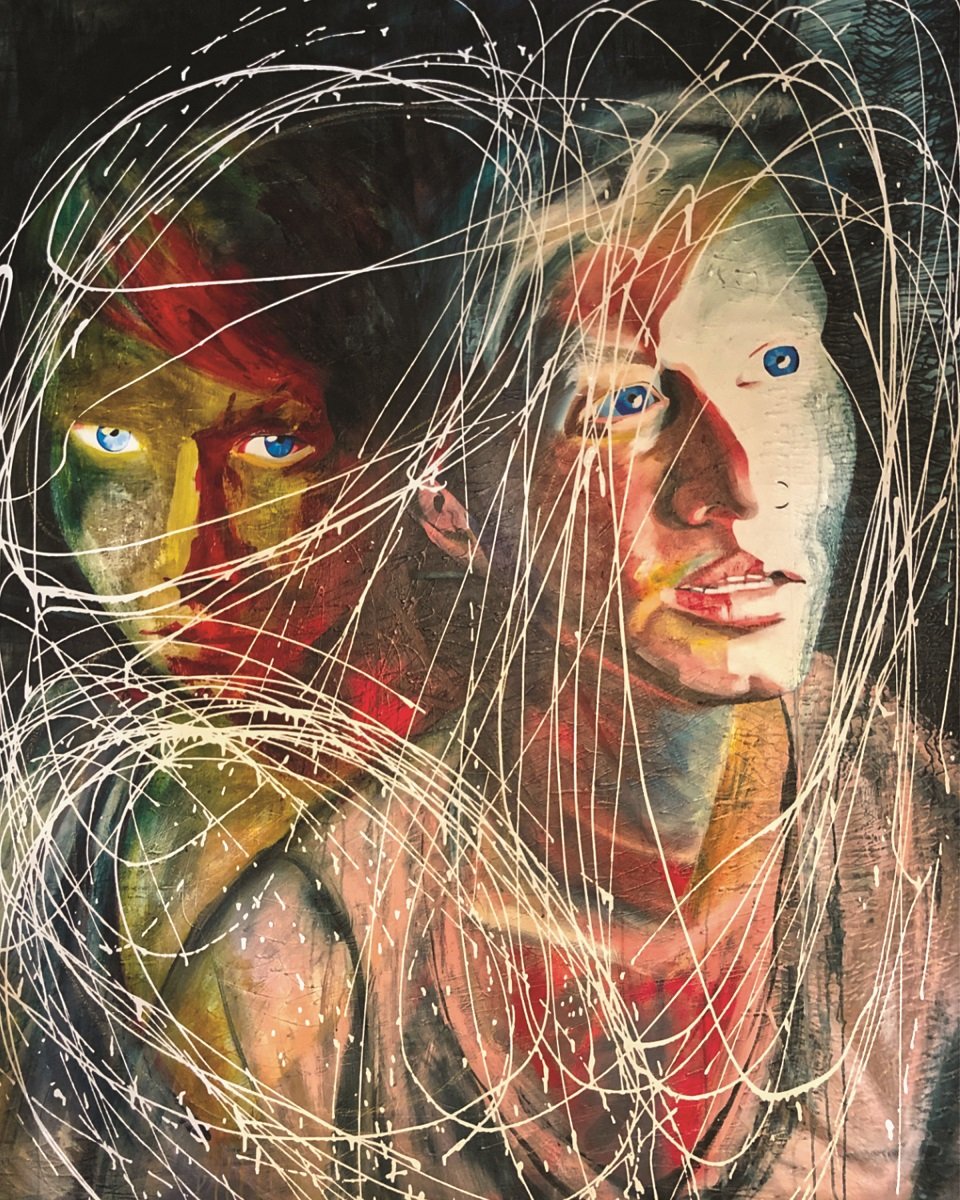
self-portrait depicting emotional response to a CCM hemorrhage
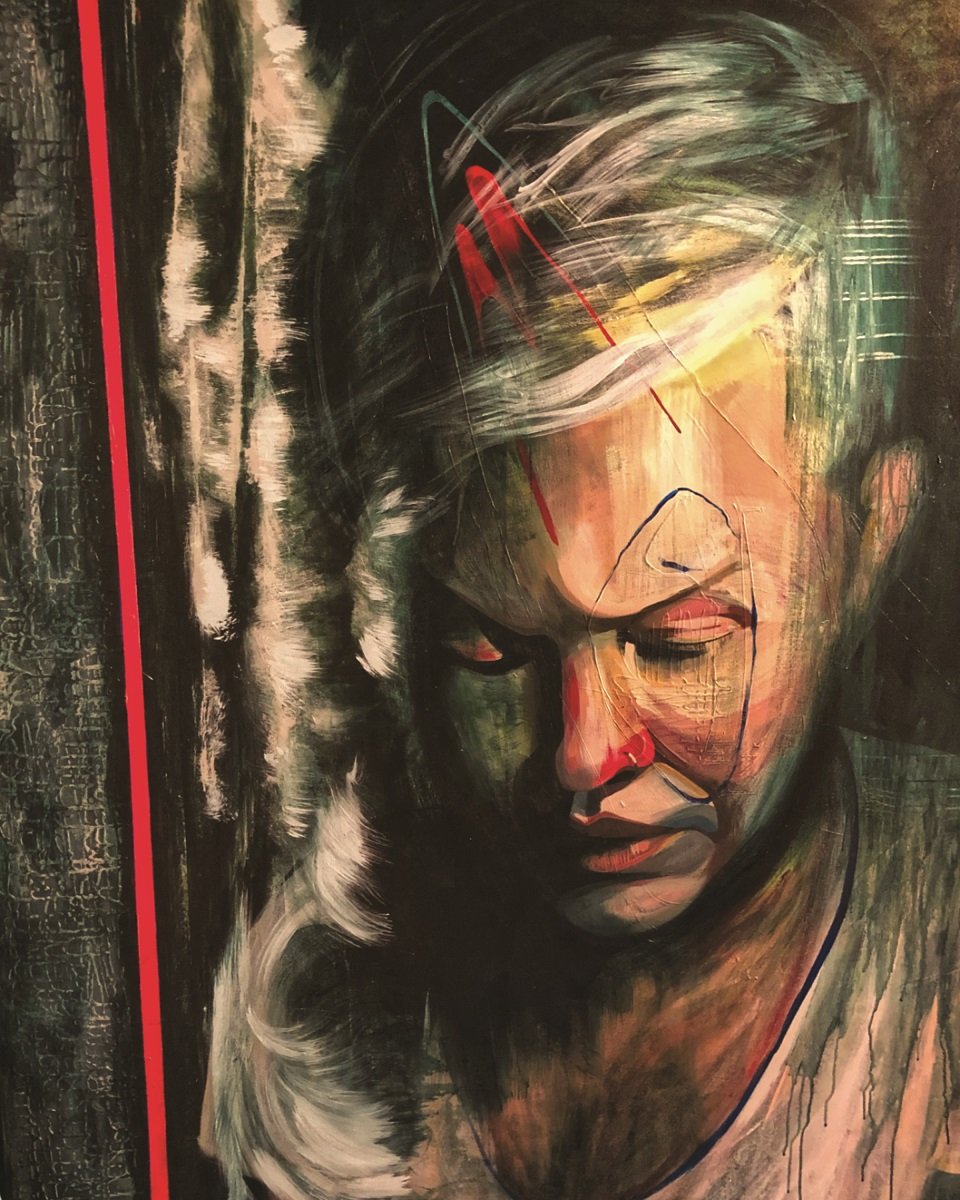
self-portrait, artist: Mason Gehring
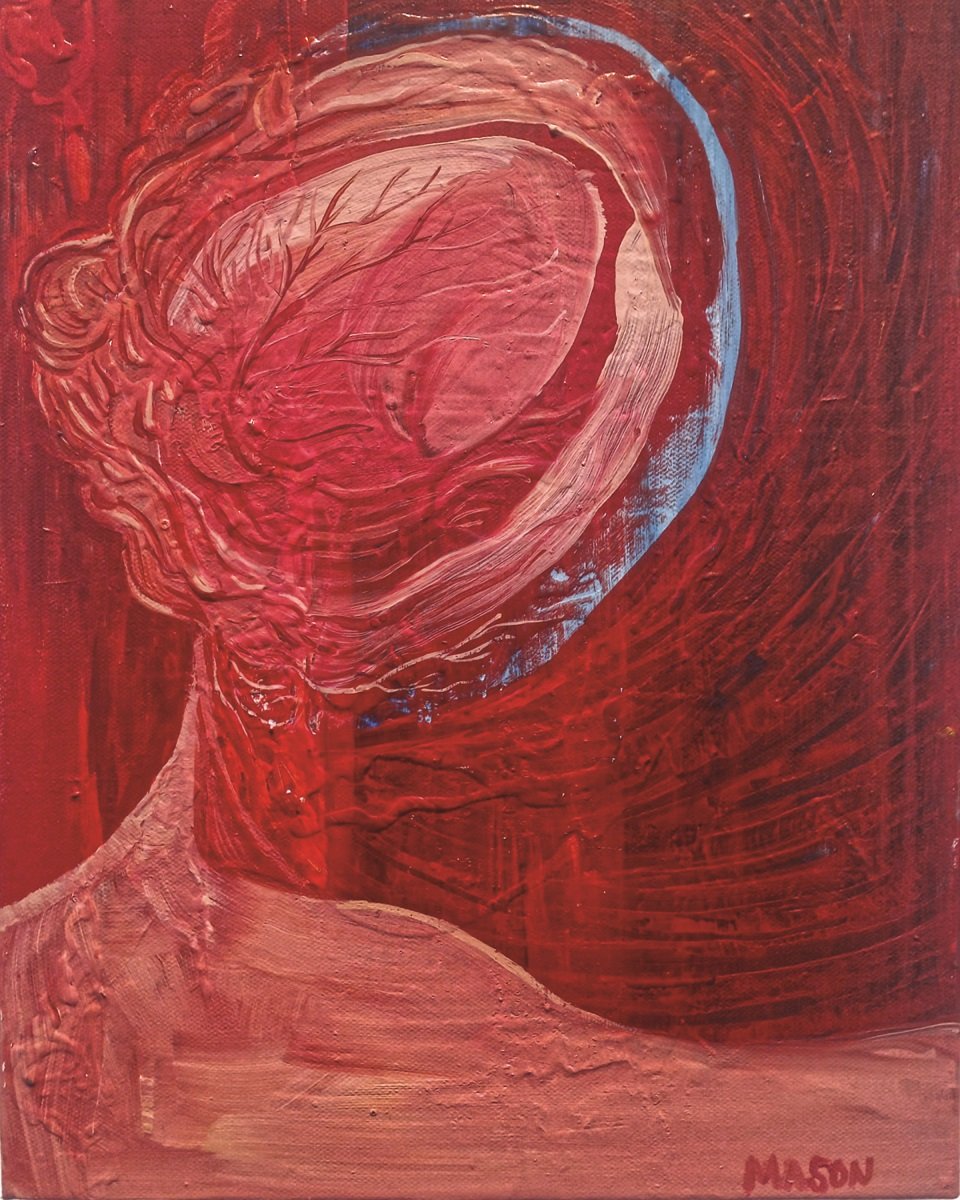
self-portrait, artist: Mason Gehring
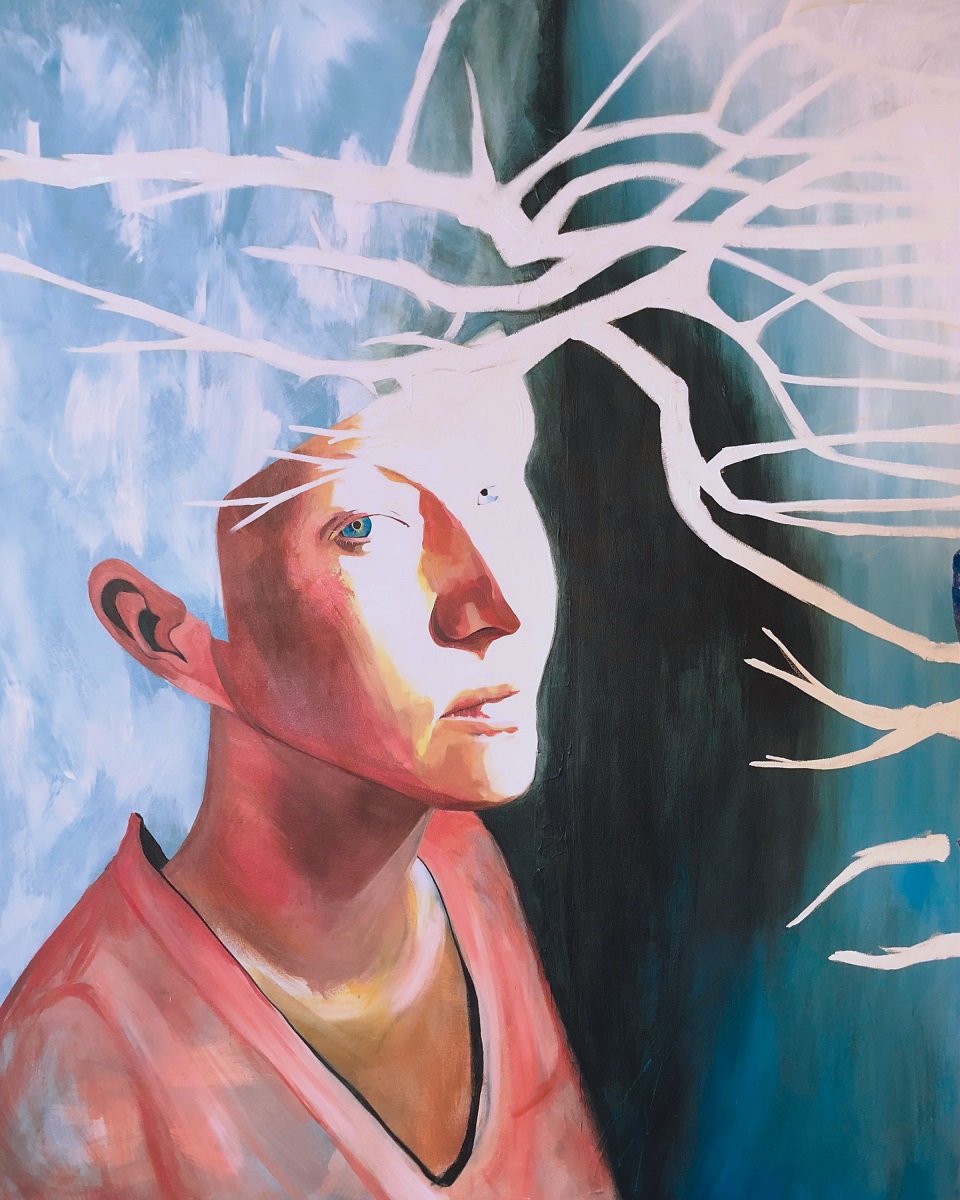
self-portrait, artist: Mason Gehring
Be the first to comment